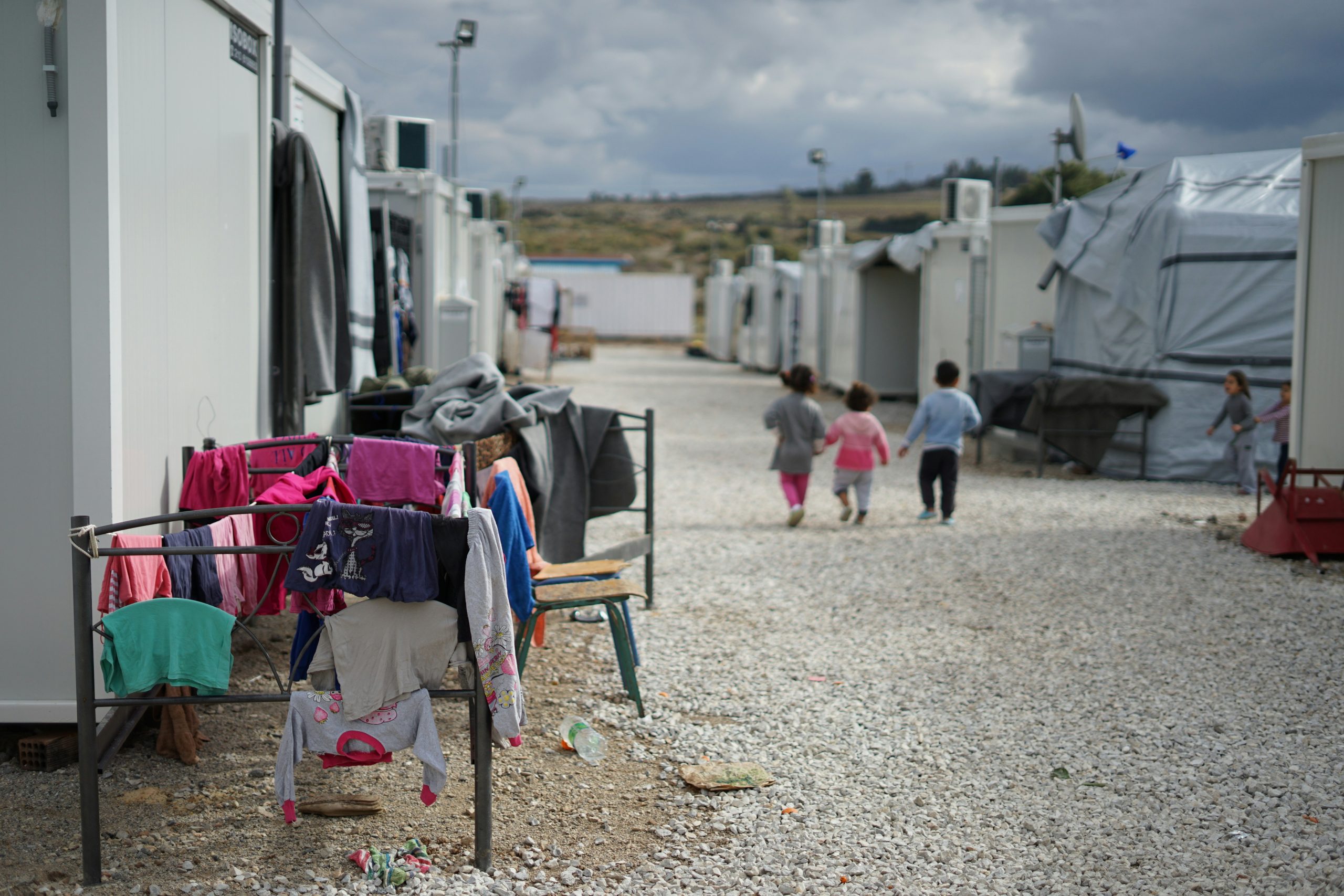

Top 10 Refugee Hosting Countries
The number of refugees worldwide has doubled in the last 10 years to over 30 million. Many people think refugees go to Europe or North America, but most actually go to neighboring countries close to home. This article talks about the 10 countries hosting the most refugees and the challenges they face in providing shelter and help.
Iran saw a huge increase in refugees in 2023, going from 840,000 to over 3.4 million. This big jump was mostly due to refugees coming from neighboring Afghanistan, with around 2.6 million undocumented Afghans becoming official refugees late in 2022.
Turkey hosts over 3.36 million refugees. Most (3.33 million) are Syrians with temporary protection. Many Syrian refugees in Turkey live in local communities instead of camps, but many still have poor living conditions. Turkey also shelters refugees from Iraq, Afghanistan, and Iran.
Until 2022, Germany was the only rich country hosting the most refugees. But the Ukraine conflict made Poland and Russia major host countries too, almost doubling Germany’s refugee population to 2.5 million by early 2024. This includes over 1 million Ukrainians, nearly 693,000 Syrians, 240,000 Afghans, and over 150,000 Iraqis.
Pakistan hosts around 2.08 million refugees, almost all from Afghanistan (2,079,989). Many have lived there for decades, first fleeing the Soviet-Afghan War in the 1980s. In 2001, many Afghan refugees settled in Balochistan province near the Afghan border.
Uganda has made policies to provide safe shelter for its growing refugee population, which increased from 477,000 in 2015 to over 1.5 million in 2023. Over 882,000 refugees are from South Sudan, and nearly half a million are from the Democratic Republic of Congo.
In 2022, Russia became a major host for refugees, currently sheltering 1.24 million, nearly all from neighboring Ukraine due to the conflict.
Like Russia, Poland became a big refugee host country in 2022 due to the Ukraine conflict, with over 989,000 refugees currently there, mainly Ukrainians but also some from Russia and Belarus.
Virtually all 961,000 refugees in Bangladesh are stateless Rohingya who fled violence in Myanmar’s Rakhine State in 2017. The city of Cox’s Bazar is now home to the world’s largest refugee camp. Climate change has made things harder for refugee communities in basic housing often damaged by floods and fires.
While Sudan hosts over 926,000 refugees as of mid-2023, it is also the origin of one of the world’s largest refugee crises. It shelters over 680,000 refugees from South Sudan but has also seen many of its own citizens flee due to violence, with over 295,000 Sudanese refugees currently hosted in South Sudan.
Ethiopia hosts over 867,000 refugees, most fleeing conflicts in nearby countries like South Sudan, Somalia, Sudan, and Eritrea. COVID-19 disrupted efforts to support these refugees, closing access to education in 2020 and causing shortages of medical supplies.
As more refugees flee, countries hosting them need more support. They face big challenges providing shelter, healthcare, education, and jobs for both refugees and local communities. Solving the causes of displacement and finding lasting solutions for refugees must be top priorities.
As Pakistan continues to send undocumented Afghan migrants back to Afghanistan, it’s the poor who are being hit the hardest.…
The latest reports show Tesla needs to reduce Cybertruck assembly volumes while relocating employees because its sales figures failed to…
Over 100 ground staff of London's Gatwick Airport who were employed by the Red Handling have decided to involve themselves…
Bin workers in Birmingham are striking, and rubbish is piling up across the two areas. Now people are asking, what…
Delta Star Inc. said it will grow its business in Lynchburg by $35 million which will create 300 new jobs…
According to Bureau of Immigration data, Pakistan observed extensive labor migration during the first quarter of 2025 when 172.144 citizens…
This website uses cookies.
Read More